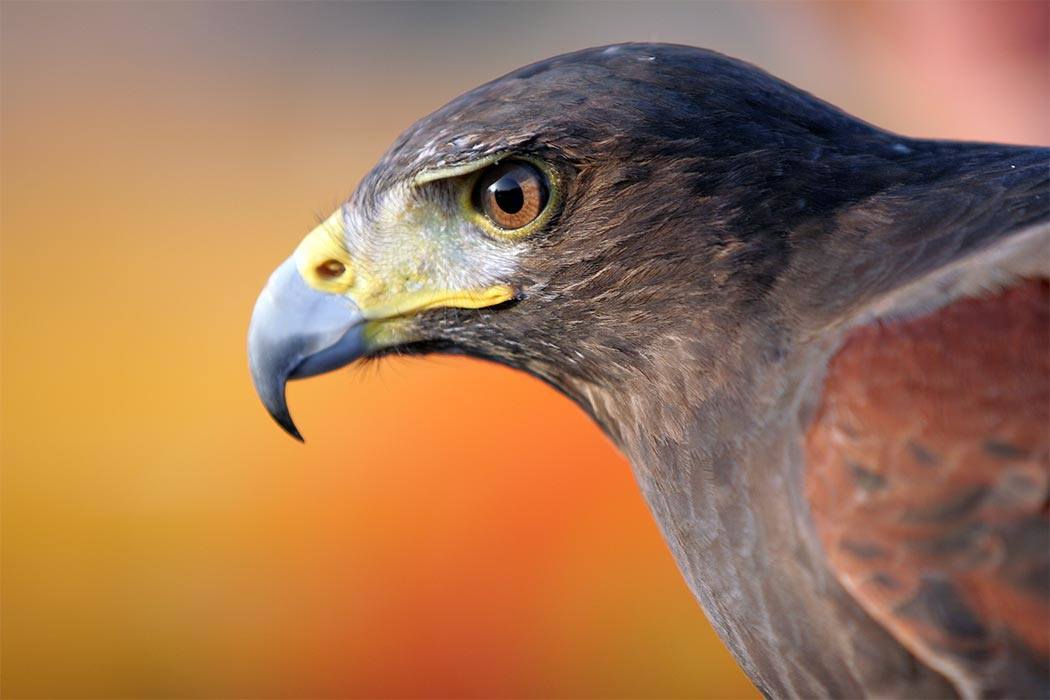On several occasions, Australian Brown Falcons have been observed picking up smoldering sticks and dropping them on dry, undamaged areas to start new fires. Why? As the fires spread, the falcons wait to pick off prey fleeing the flames. Although it’s common for predators to hunt along active fire zones, this is the first observable instance of a predator purposely starting a fire. The behavior speaks to the remarkable adaptability of both raptors and owls.
Benefiting from Forest Fires
At least one species, the Northern Hawk Owl, actually thrives in post-fire forests. A 2004 study, conducted in the boreal forests of northern Alberta, discovered that these owls make use of post-fire forests as nest sites and perches. Furthermore, as the land reseeded and otherwise recovered from fire, the birds would hunt the influx of mice and other prey that repopulated the region. Noticeably, the Hawk Owls were not observed in unburned areas, which suggests that this species may, in fact, be fire-dependent. Once the landscape completely recovered, the owls traveled elsewhere in search of newly burned areas.
Adaptation
Several studies have also documented how raptors take extraordinary steps to adapt to their environment. One example comes from the Arkansas campus of Henderson State University, where a manicured landscape has left local Red-tailed Hawks with little to eat but extremely skittish squirrels. The squirrels were successfully avoiding capture by hiding in areas the hawks couldn’t reach, evidence of another kind of problem-solving.
The hawks, however, were able to adapt. First, they became comfortable with human bystanders, enough to walk fearlessly along low-hanging branches. Their visibility would force the squirrels to scurry towards their nests. Then, the hawks would rip apart the nests, flush out the squirrels, and snag them.
Clearly, as these examples show, diurnal and nocturnal raptors are no strangers to problem-solving. Maybe we shouldn’t be surprised, then, to discover that some of them have become avian arsonists.







